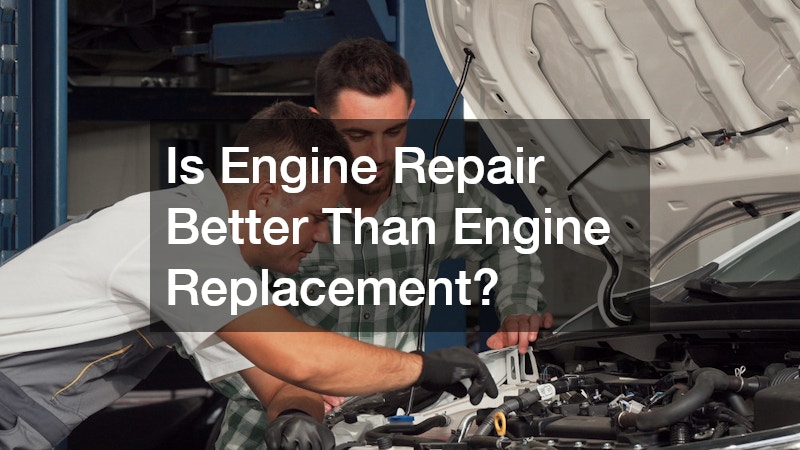Tire service is a crucial part of vehicle maintenance, ensuring safety and optimal performance on the road. This article will guide you through what typically occurs during a tire service, highlighting key aspects of the process. By understanding the steps involved, vehicle owners can make informed decisions about their car’s tire health and maintenance needs.
What Are the Key Steps in a Tire Inspection?
Checking Tire Pressure
Tire pressure is scrutinized to ensure it meets the manufacturer’s specified standards for safety and fuel efficiency. Proper tire pressure can significantly affect a vehicle’s handling and braking capabilities.
Incorrect tire pressure can lead to premature wear and could increase the likelihood of a tire blowout.
During a tire inspection, technicians use calibrated gauges to measure air pressure accurately. Consistently maintaining the correct pressure can extend the life of your tires and contribute to better fuel economy. Many modern vehicles are equipped with systems to alert the driver when tire pressure is low, but manual checks remain crucial.
The importance of maintaining proper tire pressure cannot be overstated. Not only does it enhance performance and safety, but it also keeps running costs down by ensuring fuel efficiency. For this reason, checking and adjusting tire pressure is often the first step in any comprehensive tire service.
Evaluating Tire Tread Depth
Technicians measure tire tread depth to assess wear and ensure sufficient traction and performance. Tread depth affects a vehicle’s grip on the road, particularly in adverse weather conditions. Tires with inadequate tread can be hazardous, as they may not efficiently maneuver or stop the vehicle.
Using tread depth gauges, technicians can determine whether tires need to be replaced or rotated to even out wear. A common guideline is that tread depth should not fall below 2/32 of an inch, but some roads and weather conditions may require earlier replacement. Regular checks help avoid uneven wear and extend the life of your tires.
Tread depth evaluation is an essential part of tire maintenance. It ensures that vehicles have the necessary traction to perform safely under different driving conditions. By maintaining optimum tread levels, drivers can experience smoother rides and enhanced control.
Inspecting for Damage or Wear
A thorough visual inspection is conducted to identify any punctures, cracking, or abnormal wear patterns that could affect safety. Wear patterns provide valuable insight into alignment issues or other underlying problems. Detecting these early can prevent more serious damage or costly repairs in the future.
Technicians look for signs such as bulges, splits, or embedded objects in the tire tread or sidewall. Each of these can be indicative of different problems, from overinflation to road hazards. Regular inspections allow for timely interventions, such as repairs or alterations to driving habits.
The goal of a damage inspection is to identify risks before they result in accidents or breakdowns. By addressing issues such as uneven wear or sidewall punctures early, drivers ensure safer travel. Understanding what to look for during these checks is essential for all vehicle owners.
What Services Are Performed During a Tire Rotation?
Identifying Tire Rotation Patterns
The appropriate rotation pattern is selected based on tire type, vehicle drivetrain, and tread wear. This is crucial for ensuring even wear across all tires, which can significantly extend their lifespan. Common rotation patterns include front-to-back, crisscross, and others specific to certain vehicle types or tire designs.
Tire rotation is an essential maintenance practice to combat uneven tread wear. Regular rotation can help balance the wear on your tires, promoting optimal performance. The recommended rotation interval varies but typically occurs every 5,000 to 8,000 miles.
Choosing the correct rotational pattern requires technical knowledge and experience. Technicians consider all pertinent factors, such as tire dimension and current wear trends. By examining these elements, they ensure that each tire of the vehicle wears evenly and maintains its integrity.
Balancing Tires
Tire balancing is performed to ensure even weight distribution, eliminating vibrations and improving ride quality. This process involves mounting the tire on a balancing machine, which identifies weight imbalances. Technicians then apply small weights where needed to counteract any discrepancies.
Unbalanced tires can lead to vibrations, especially at higher speeds, affecting comfort and potentially vehicle control. The tire balancing process helps to counteract tire imbalance, leading to smoother rides and improved tire longevity. Ideally, balancing is performed in conjunction with tire rotation for comprehensive maintenance.
The benefits of properly balanced tires extend beyond comfort. Balanced tires also contribute to more uniform wear and longer lifespan. For these reasons, tire balancing is an essential aspect of regular tire service.
Adjusting Alignment if Necessary
Wheels are checked and adjusted for proper alignment to prevent uneven tire wear and maintain vehicle handling. Misalignment can originate from everyday driving over potholes or hitting curbs. Correcting alignment ensures that a vehicle travels straight and that tires wear evenly.
Alignment specifications are based on the vehicle’s make and model, and technicians use precise equipment to ensure accuracy. Regular alignment checks can save vehicle owners money in the long run by preventing premature tire wear. Misalignment can cause steering issues and reduce fuel efficiency.
The comprehensive approach to Visalia Ford tire service includes assessing wheel alignment to avoid potential road incidents. Proper alignment improves vehicle stability and ensures that contact with the road is optimal. This is one of several key steps to maintaining a safe and reliable vehicle.
.






